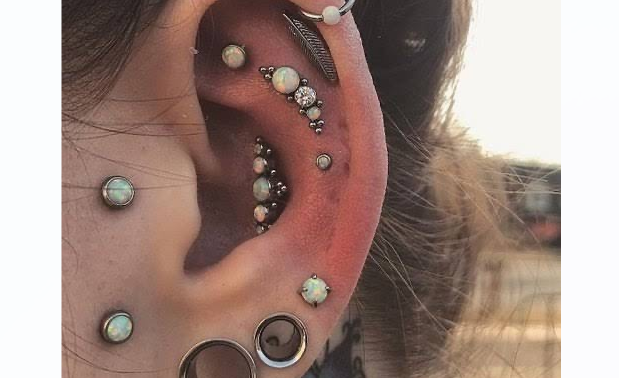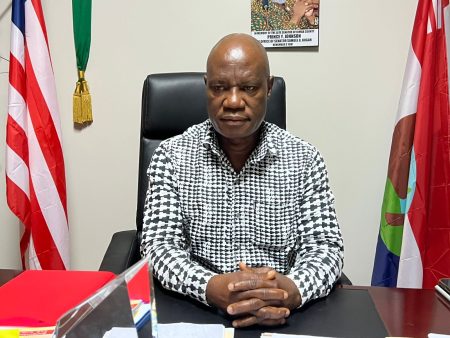Body piercing, once a niche practice, has permeated mainstream culture, evolving into a prominent form of self-expression and personal adornment. While some view it as a fleeting trend, for many, it carries deeper significance, representing a journey of self-discovery, healing, or a symbolic rebellion against societal norms. This shift in perspective has brought body piercing into the spotlight, sparking conversations about individuality, societal acceptance, and the stories etched beneath the surface of these seemingly simple adornments. From nose studs to belly button rings, each piercing holds a unique narrative, reflecting the wearer’s personality, experiences, and beliefs.
The motivations behind body piercing are as diverse as the individuals who embrace it. For some, like Pamela Oko and Bimbo Adeola, it’s simply an aesthetic choice, enhancing their appearance and boosting their confidence. The piercing becomes an extension of their personal style, a way to feel comfortable and beautiful in their own skin. Others, like musician Jonn Steven, or “Siifa,” adopt piercings to conform to industry trends or to project a specific image. In his case, the piercings and tattoos serve as markers of his identity as a musician, visually differentiating him within the creative landscape. This illustrates how body modification can be strategically employed to signal affiliation with a particular group or subculture.
Beyond the realms of fashion and image, body piercing can also hold profound personal meaning. For Amira Ogundele, her nose ring acts as a tangible symbol of self-assurance, bolstering her confidence and empowering her to embrace her abilities. This highlights the psychological impact piercings can have, serving as a reminder of personal strength and resilience. Each glance at the piercing reinforces a sense of self-worth, transforming a simple adornment into a potent source of empowerment. This deeper layer of meaning elevates body piercing beyond mere aesthetics, transforming it into a powerful form of self-affirmation.
However, the growing acceptance of body piercing hasn’t entirely eradicated the stigma surrounding it. While some, like music producer Peter Odibo, argue that body modifications don’t influence social or professional perceptions, others have experienced firsthand the prejudice they can engender. Eno Bassey recounts his sister’s struggles in the workplace, where her piercings were met with disapproval and even cost her a job opportunity. These contrasting experiences underscore the ongoing debate surrounding body piercing in professional settings, highlighting the need for greater understanding and acceptance of diverse forms of self-expression.
The clash between personal choice and societal expectations underscores the complexities surrounding body piercing. While individuals like Bassey advocate for piercings to be viewed as neutral personal choices, not barriers to opportunities, the reality reveals a persistent bias against those who choose to modify their bodies. This raises questions about the limitations of personal freedom and the extent to which societal norms dictate acceptable forms of self-expression. The debate also highlights the importance of challenging outdated perceptions and advocating for inclusivity in all aspects of life, from social interactions to professional environments.
Ultimately, the stories surrounding body piercing reveal a tapestry of human experiences, woven with threads of self-discovery, rebellion, and the pursuit of individual expression. As social commentator Alex Uwem emphasizes, these modifications are often more than just decorations; they represent personal narratives etched onto the skin, symbolic of pain, healing, and the courage to embrace one’s true self. Uwem’s call for empathy and understanding underscores the importance of moving beyond superficial judgments and engaging in meaningful conversations that delve into the motivations and stories behind these personal choices. By fostering a culture of acceptance and encouraging open dialogue, we can dismantle the stigma surrounding body piercing and celebrate the rich tapestry of human expression it represents.














